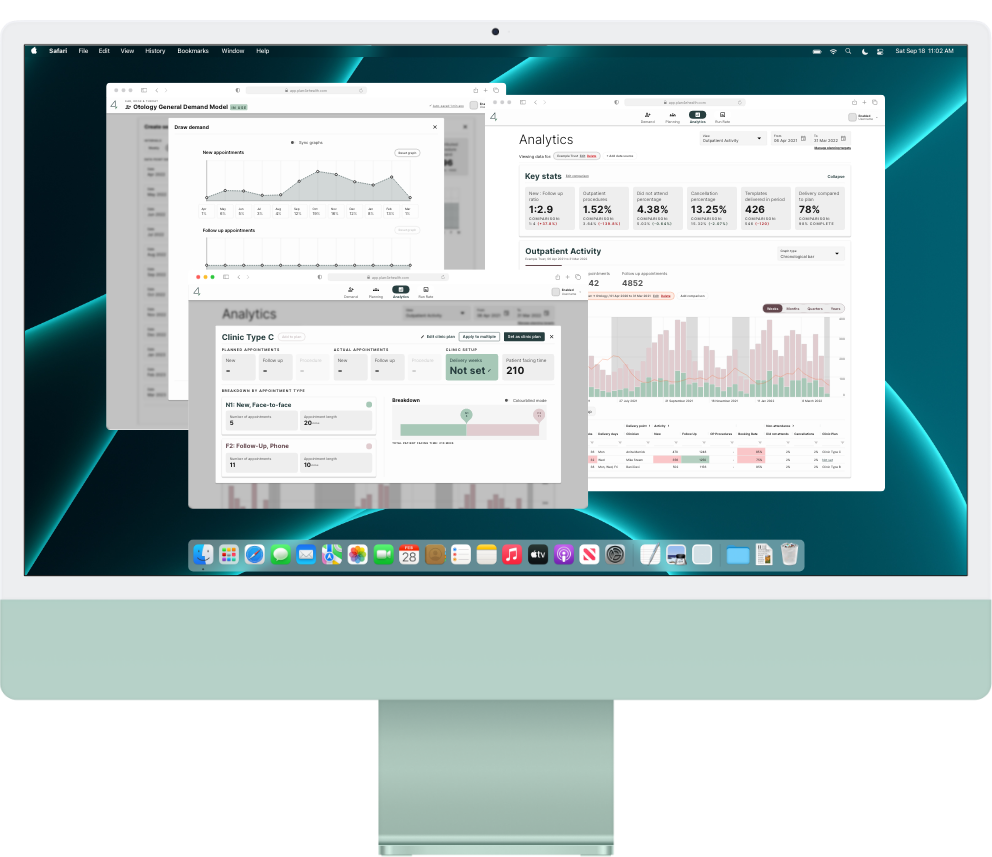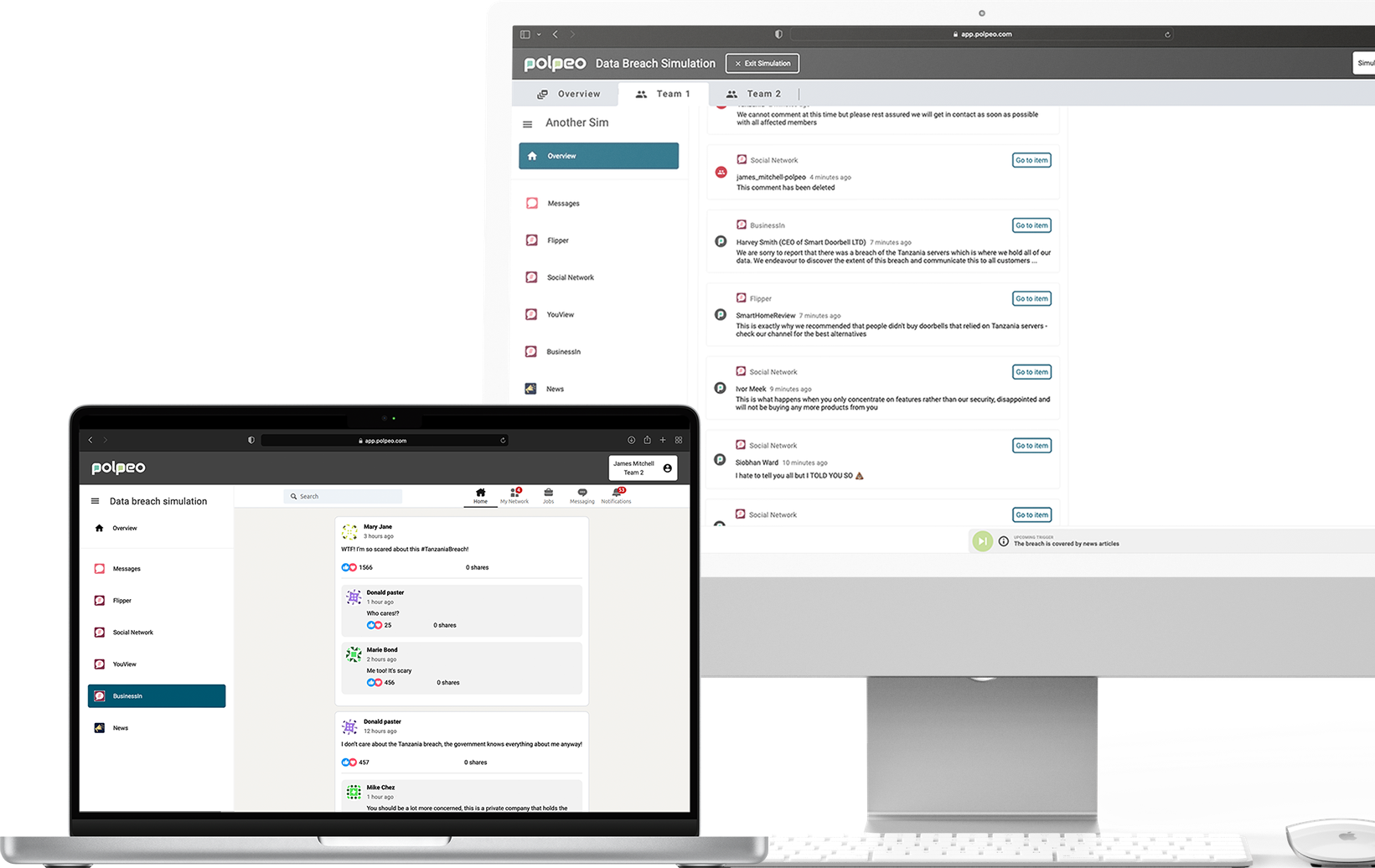
Background
There are 3 main parts of the NHS that require planning:
Demand
The current situation presents various challenges in managing demand within the NHS. Key issues include having separate data streams, such as last year's demand and the waiting list, with no integrated systems to predict annual appointments and procedures. This lack of integration fails to account for seasonality and results in inadequate planning and preparation for ad-hoc work, leading to overworked staff and short lead times. Furthermore, there is no capability to adapt to unexpected situations like the COVID-19 pandemic.
Planning
Planning within the NHS is highly varied, involving multiple teams from the NHS and external consultants. The process involves striving towards a model hospital standard. However, plans, which must meet specific deadlines, often deviate from their initial targets and rarely adapt to current situations. This leads to unrealistic expectations and a failure to account for potential losses.
Analytics
Hospitals acknowledge the occurrence of activities but lack insight into their execution, especially in comparison to the plan. This lack of visibility hinders the ability of users at different levels to assess their team's performance and identify areas for improvement. Additionally, C-level executives find it challenging to diagnose and report problems, impacting the efficiency of Trusts.
Definition
The research methods applied included stakeholder interviews, user interviews, analysis of current solutions, and data analysis. The user definition segmented into several roles:
- Trust Administrator: Manages the trust's structure, demand data, and users, with access to plans but typically not involved in planning.
- Plan Admin: Responsible for creating the plan outline, defining planning requirements, and approving plans.
- Planner: Develops and submits plans, creating clinics and theatre sessions to address demand.
The current scenario is characterized by bespoke systems with poor integration, user interfaces, and support. There is a need for a system that not only analyzes data but also provides a holistic view of activities and insights for improvements. The absence of a standard method and a robust review process, along with unmet targets and plans, highlights the inefficiency of the current approach.
Analysis
Opportunities
The project identified several opportunities in the domains of demand, planning, and analytics. For demand, the key focus is on combining data from multiple sources to establish realistic targets and predict seasonal demand. Planning opportunities include the development of an intuitive interface and visualizations to enable effective planning. In analytics, providing a holistic view of activities and integrating with existing systems are central goals.
Challenges
Challenges include resistance to change from users accustomed to spreadsheets, the need for customizable solutions due to varying trust setups, and the complexity of NHS terminologies and rules. Issues with data interpretation, structure, reliability, and security also present significant hurdles.
Artefacts
Wireframes played a crucial role in addressing the system's complexities. They served as a developmental guide and a communication tool with stakeholders and users, ensuring that the interface met user expectations and incorporated necessary features.

Journey
The development of the wireframe deck underwent multiple iterations, adapting to evolving requirements and constraints. Continuous engagement with stakeholders and users was crucial to ensure that the interface remained relevant and inclusive of all necessary processes.
Outcome
The application has received positive feedback from the NHS and is set for trial runs in several trusts. The initial rollout will cover a few specialities, with the long-term goal of establishing it as the standard planning software across all NHS trusts for enhanced planning and prediction capabilities.
Now check out...
Isotoma
Crisis Simulator
Polpeo
Polpeo’s big idea was a true-to-life digital simulation, populated with realistic scenarios that would immerse their clients in an engaging way. It would enable clients to develop crisis skills in a private and safe environment, learning powerful lessons and gaining invaluable insights that would help protect their brand in the real world.
Creating a simulator that allowed users to join and participate in simulations, and Polpeo staff to administrate and facilitate the simulation required extensive user research and testing to ensure it worked well.
Read about Polpeo →